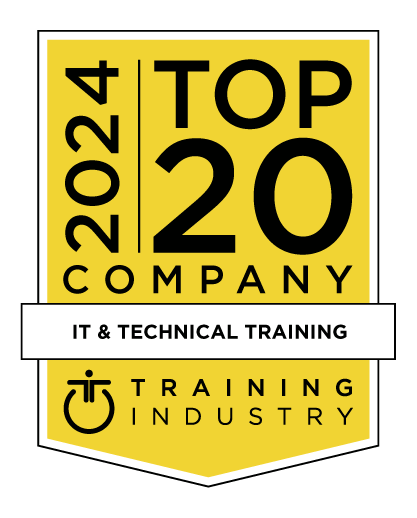title
Please take a moment to fill out this form. We will get back to you as soon as possible.
All fields marked with an asterisk (*) are mandatory.
Risk Management
Course Description
Overview
Risk management has long been a key part of project management and it has also become an increasingly important part of organizational best practices. Corporations have realized that effective risk management can not only reduce the negative impact of crises; it can provide real benefits and cost savings.The risk management framework provided in this workshop is flexible enough for any organization. You can apply it to a single project, a department, or use it as a basis for an enterprise-wide risk management program.
Objectives
- Define risk and risk management
- Describe the COSO ERM cube and ISO 31000
- Establish a risk management context
- Describe the 7 R’s and 4 T’s that form the framework of risk management activities
- Design and complete a basic risk assessment
- Determine the appropriate response to risks and create a plan for those responses
- Describe the key components of reporting, monitoring, and evaluation of a risk management program
Topics
- You will spend the first part of the day getting to know participants and discussing what will take place during the workshop. Students will also have an opportunity to identify their personal learning objectives.
- In this session, you will discuss the definitions of risk and risk management, types of risks, and the key components of establishing your risk management context. To wrap up the session, you will review two key risk management models: the COSO ERM cube and the ISO 31000 risk management standard.
- This session will provide the framework for the remainder of the day: the seven R’s and four T’s of risk management.
- Next, participants will learn how to design a basic risk assessment process. They will also start working on a case study that will be used throughout the day.
- In this session, participants will learn about the four T’s of responding to risks: Tolerate, Treat, Transfer, and Terminate.
- Next, participants will explore controls that can be put into place to mitigate risks.
- This session will give participants a checklist of items to include in their contingency plan.
- In this session, participants will discuss reporting hierarchies and requirements.
- The final session will give participants a checklist for reviewing their risk management program.
- At the end of the course, students will have an opportunity to ask questions and fill out an action plan.
Related Courses
-
Project Scope and Risk Management
PMPM-140- Duration: 2 Days
- Delivery Format: Classroom Training, Online Training
- Price: 1,400.00 USD
-
Project Time and Schedule Management
PMPM-145- Duration: 2 Days
- Delivery Format: Classroom Training, Online Training
- Price: 1,400.00 USD
Self-Paced Training Info
Learn at your own pace with anytime, anywhere training
- Same in-demand topics as instructor-led public and private classes.
- Standalone learning or supplemental reinforcement.
- e-Learning content varies by course and technology.
- View the Self-Paced version of this outline and what is included in the SPVC course.
- Learn more about e-Learning
Course Added To Shopping Cart
bla
bla
bla
bla
bla
bla
Self-Paced Training Terms & Conditions
Exam Terms & Conditions
Sorry, there are no classes that meet your criteria.
Please contact us to schedule a class.

STOP! Before You Leave
Save 0% on this course!
Take advantage of our online-only offer & save 0% on any course !
Promo Code skip0 will be applied to your registration
Purchase Information
title
Please take a moment to fill out this form. We will get back to you as soon as possible.
All fields marked with an asterisk (*) are mandatory.










